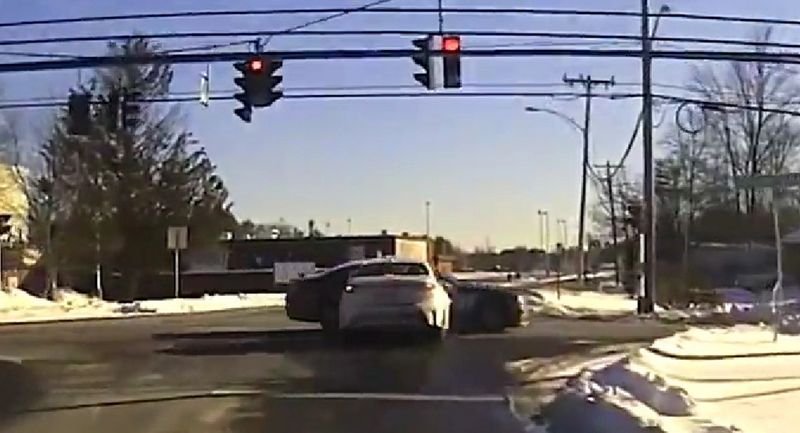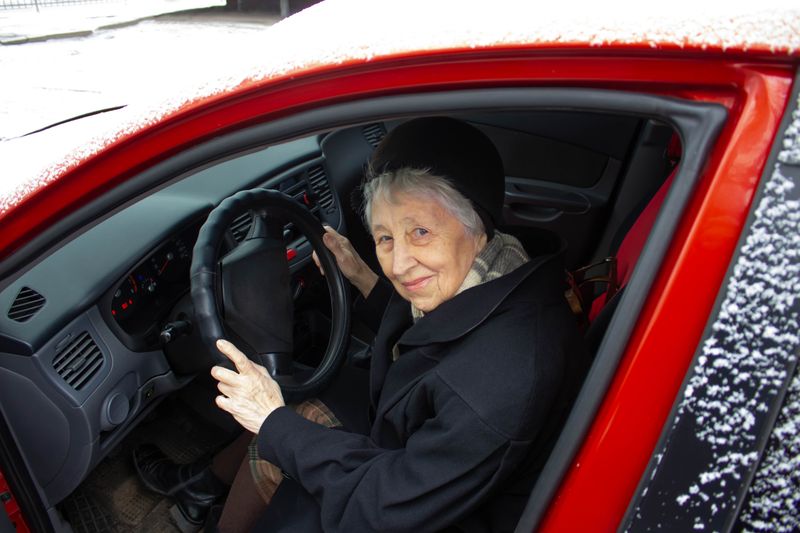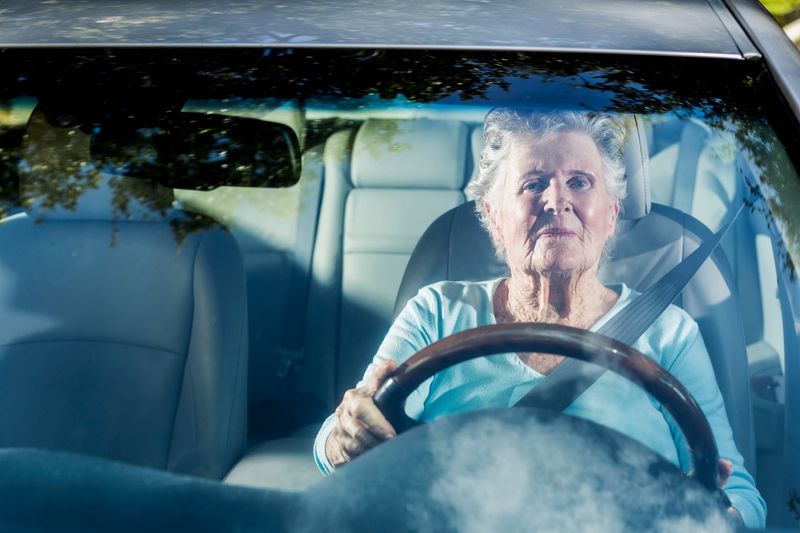Driving is a complex skill that requires keen senses and quick reflexes. As we age, these abilities naturally decline, which can impact driving safety. Baby Boomers, often defined as those born between 1946 and 1964, may face specific challenges that raise concerns about their driving capabilities. Understanding the signs that indicate a need to reassess driving habits is crucial for personal and public safety. This article outlines 12 key signs that Baby Boomers should reconsider their place behind the wheel, each presented with unique insights and thoughtful reflections.
1. Frequent Close Calls

He almost hit that cone again! Frequent close calls aren’t just nerve-wracking; they’re a sign that your reflexes might not be as sharp as they used to be. When those near misses become a regular occurrence, it could mean that you’re not fully aware of your surroundings anymore.
Imagine the heart-pounding moment when a car suddenly appears in your blind spot. Such instances happen more often if you’re not as vigilant on the road. These constant scares are your body’s way of telling you it’s time to reassess your driving.
2. Getting Lost on Familiar Routes

Where am I again? It’s unsettling to find yourself lost on a route you’ve traveled hundreds of times. This disorientation can be more than just a memory lapse—it can signal cognitive decline, affecting your ability to navigate even familiar places.
When home feels like an uncharted territory, it might be time to consider alternative transportation options. Getting lost frequently can evoke frustration and anxiety, neither of which is conducive to safe driving. It’s not just a road sign; it’s a life sign.
3. Ignoring Traffic Signals

Didn’t see that light change again? Overlooking traffic signals can have serious consequences, yet it’s a common oversight for aging drivers. This lapse could reflect slowed reaction times or attention deficits, critical aspects for road safety.
Driving requires constant vigilance, and missing the obvious can be dangerous. If red lights seem to blend into the background, it’s time to hit the brakes on driving. This isn’t just about rules; it’s about recognizing one’s limits.
4. Difficulty with Night Driving

Why is it so hard to see at night? Night driving can be particularly challenging for older eyes, as vision diminishes with age. The glare from headlights, reduced peripheral vision, and difficulty judging distances can all contribute to a less-than-safe nighttime drive.
If the road ahead seems to vanish into the shadows, consider whether it’s worth the risk. Opting for daytime travel might be a safer choice, preventing unnecessary stress and potential hazards. It’s not just the dark; it’s about clarity.
5. Increased Road Rage

Why the sudden anger at the wheel? Road rage can be more than a fleeting emotion; for older drivers, it could indicate underlying frustration with changing driving abilities. The stress of adapting to new road conditions or technology might manifest as anger.
When tempers flare more than tires, it’s crucial to evaluate if driving is still enjoyable or safe. Understanding this emotional response can help determine if it’s time to pass the keys. It’s not just a mood; it’s a message.
6. Difficulty Merging or Changing Lanes

Why is this so intimidating now? Merging or changing lanes requires quick judgment and confidence, skills that might wane with age. If these actions feel overwhelming, it’s a clear indicator that driving skills need reevaluation.
The uncertainty can cause anxiety, leading to hesitation that disrupts traffic flow and increases the risk of accidents. When lane changes become daunting, it might be time to consider safer travel alternatives. It’s not just hesitation; it’s a heads-up.
7. Trouble with Parking

Why can’t I park like I used to? Parking, seemingly straightforward, can become a complex challenge for aging drivers. Issues like inaccurate distance perception or slower maneuvering can lead to parking mishaps.
If finding that perfect spot feels like solving a puzzle, it’s possibly a sign that your coordination isn’t what it once was. These difficulties might prompt you to rethink your driving capabilities. It’s not just parking; it’s about precision.
8. Dents and Scratches on the Vehicle

What happened to my car? Accumulating unexplained dents and scratches could be a subtle hint that your driving skills are declining. These marks are often the physical evidence of minor accidents or careless maneuvers.
When these blemishes become frequent, they might indicate a need to reconsider the driver’s seat. It’s not just about the car’s appearance; it’s about safety and awareness on the road.
9. Slower Response to Unexpected Situations

Did you see that in time? Quick reflexes are essential for handling unforeseen road situations. As we age, response times naturally slow, which can be detrimental in emergencies.
When reacting to sudden events feels like a slow-motion replay, it’s essential to consider if driving remains a safe activity. It’s not just a delay; it’s a decision point.
10. Concerns from Family and Friends

Why are they all worried? Family and friends often notice changes in driving behavior before the driver does. Their concerns might be based on observed behaviors or a genuine worry for your safety.
When loved ones express unease, it’s wise to listen and reflect on their observations. It’s not just family chatter; it’s a caring call for safety.
11. Vision and Hearing Impairments

Is that a siren I hear? Vision and hearing are crucial for safe driving, and impairments in these areas can severely affect road awareness. Difficulty reading signs or hearing horns can jeopardize safety.
When sensory limitations impact your driving, assessing whether continuing is wise is vital. It’s not just about senses; it’s about safeguarding yourself and others.
12. Reliance on Passengers for Directions

Can you guide me again? Relying on passengers for directions may indicate a loss of confidence or ability in navigating. This dependence can be a red flag that driving isn’t as intuitive as it once was.
When passengers become copilots out of necessity rather than choice, it’s time to evaluate your driving independence. It’s not just a direction; it’s a directive to reconsider driving roles.

